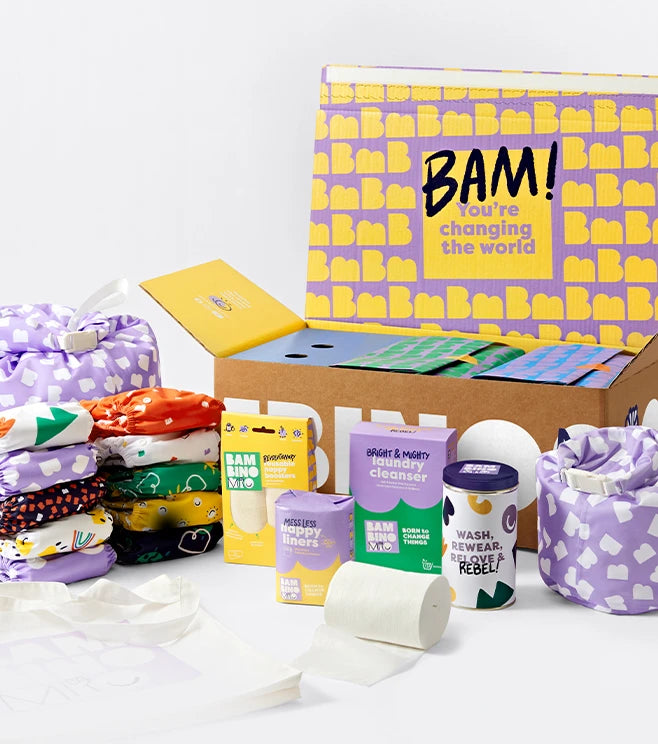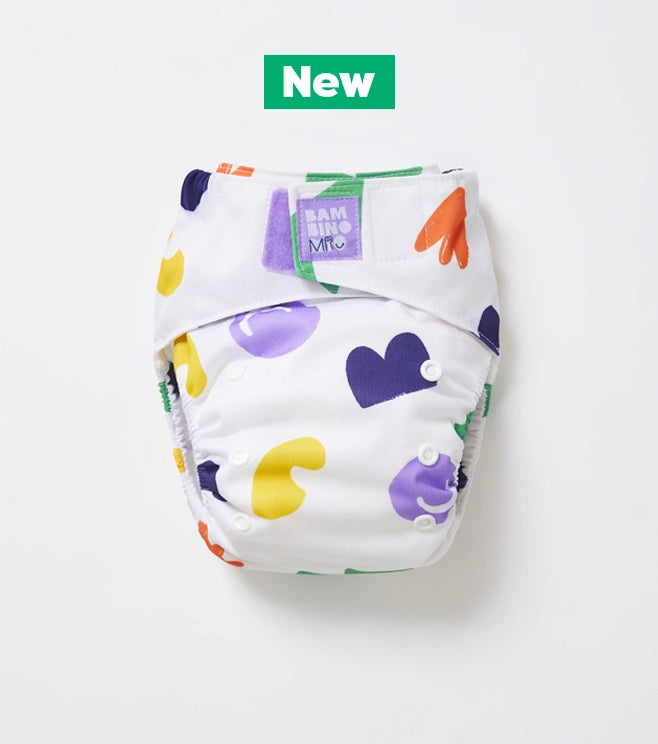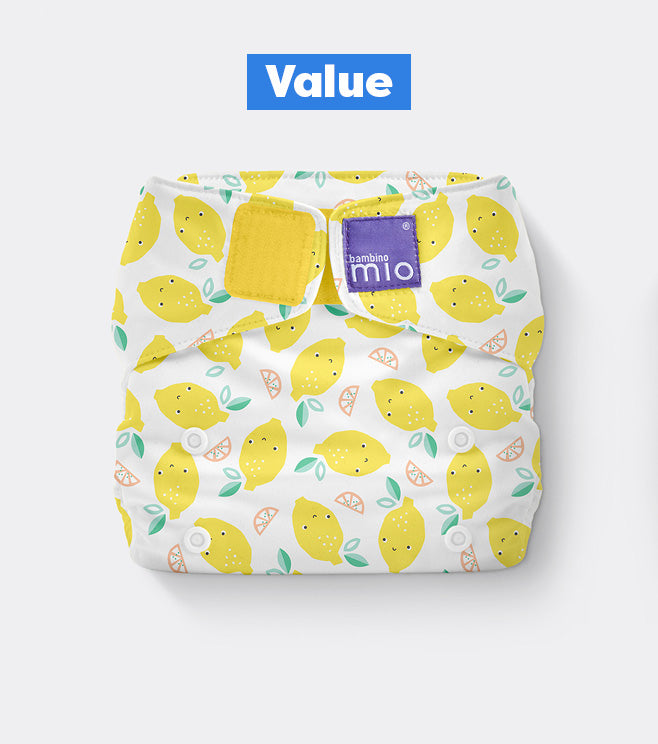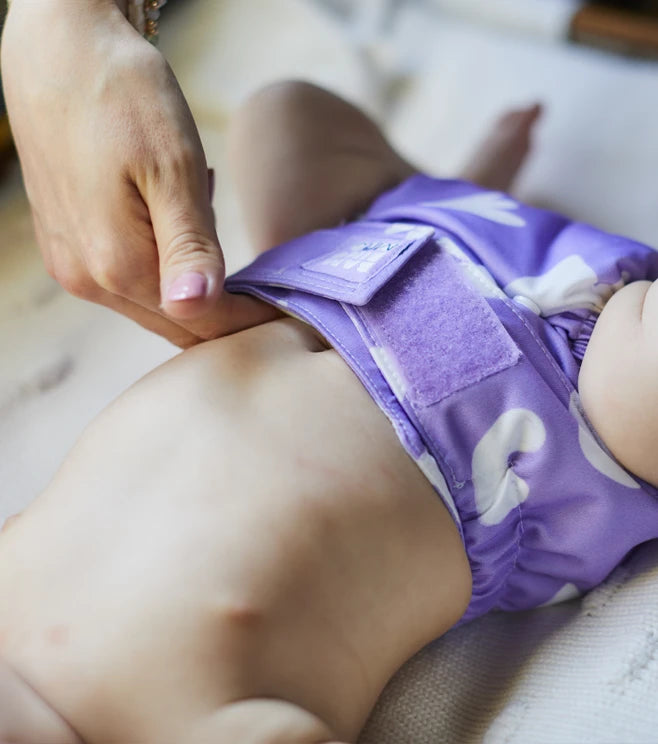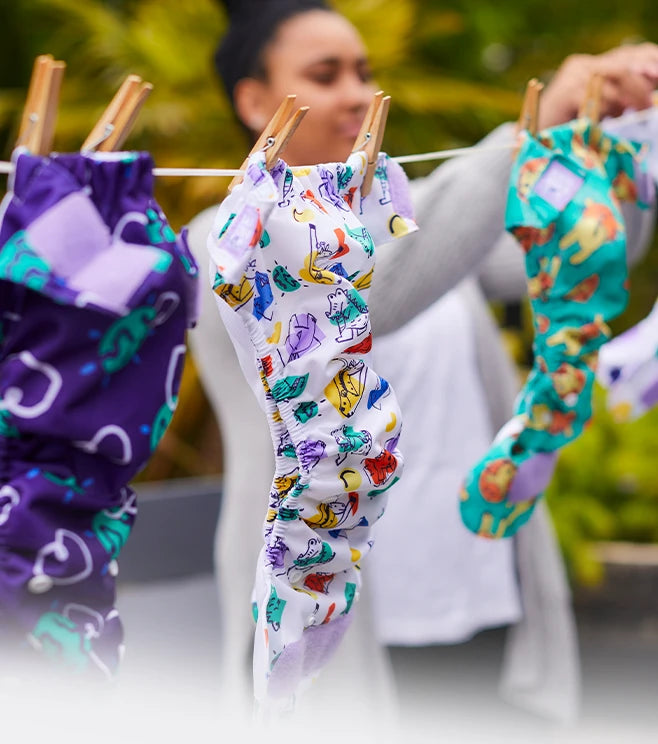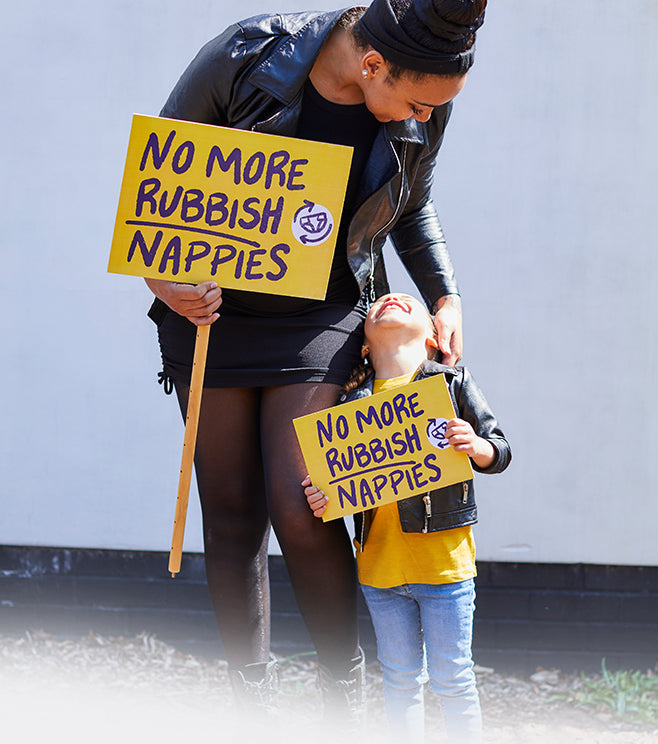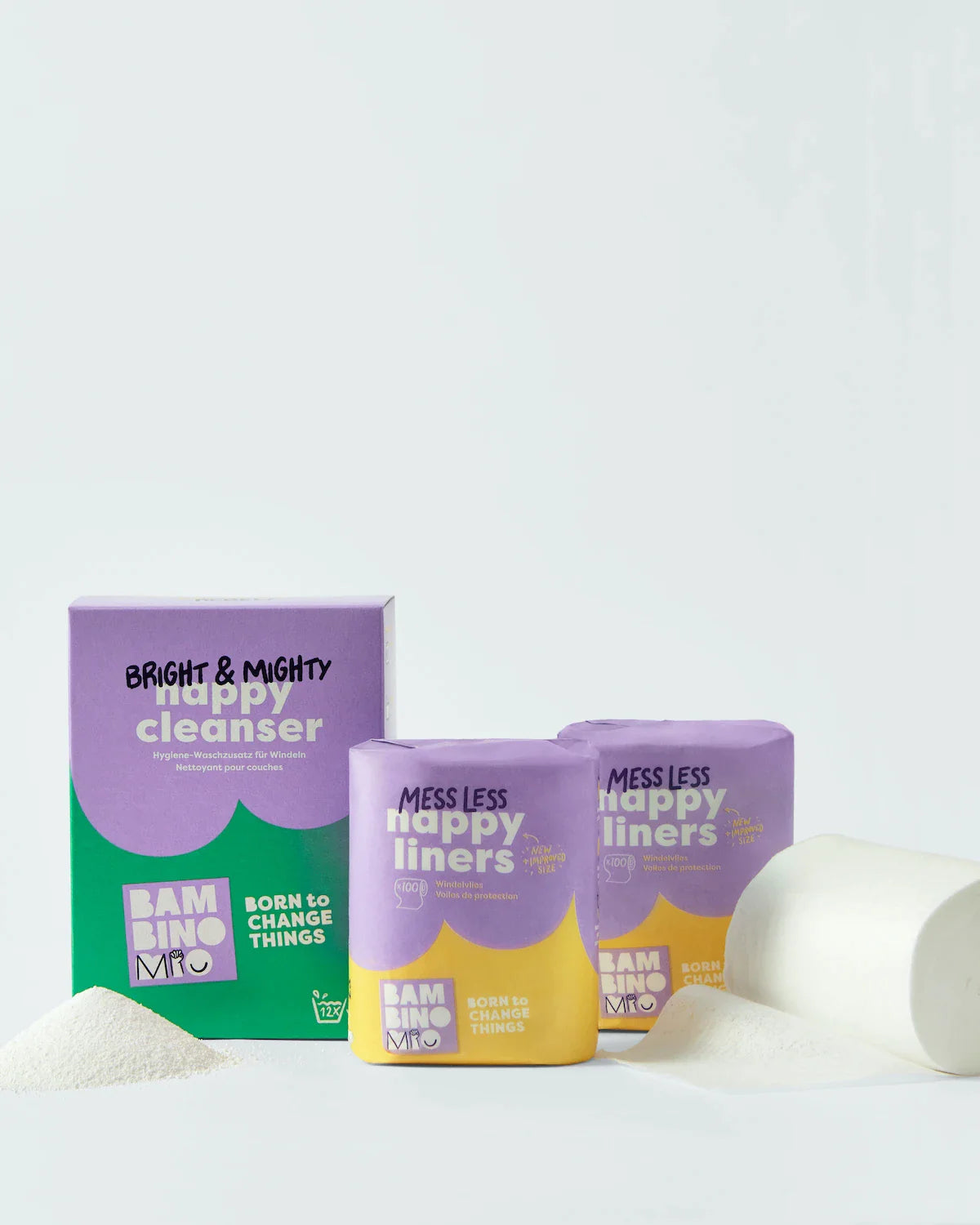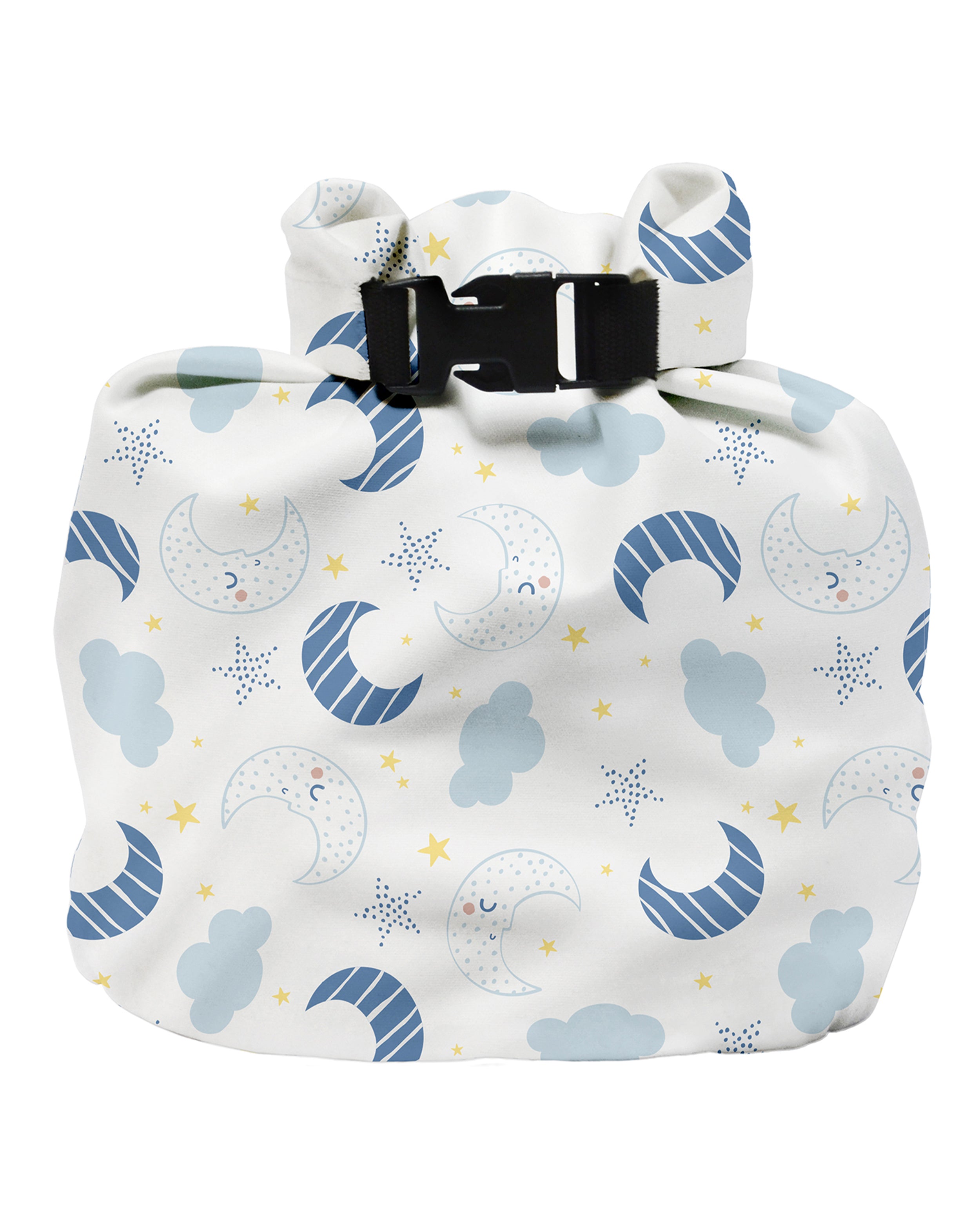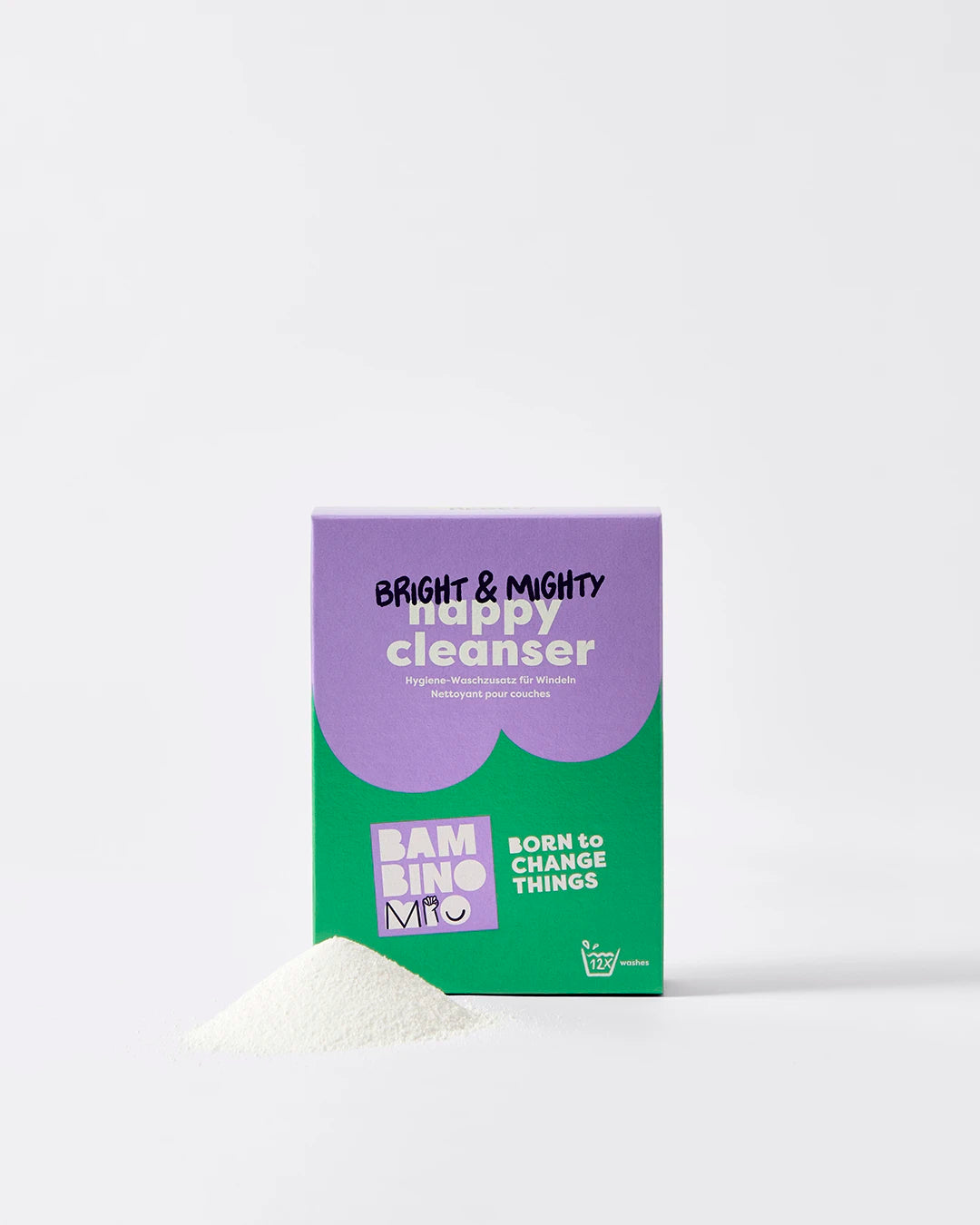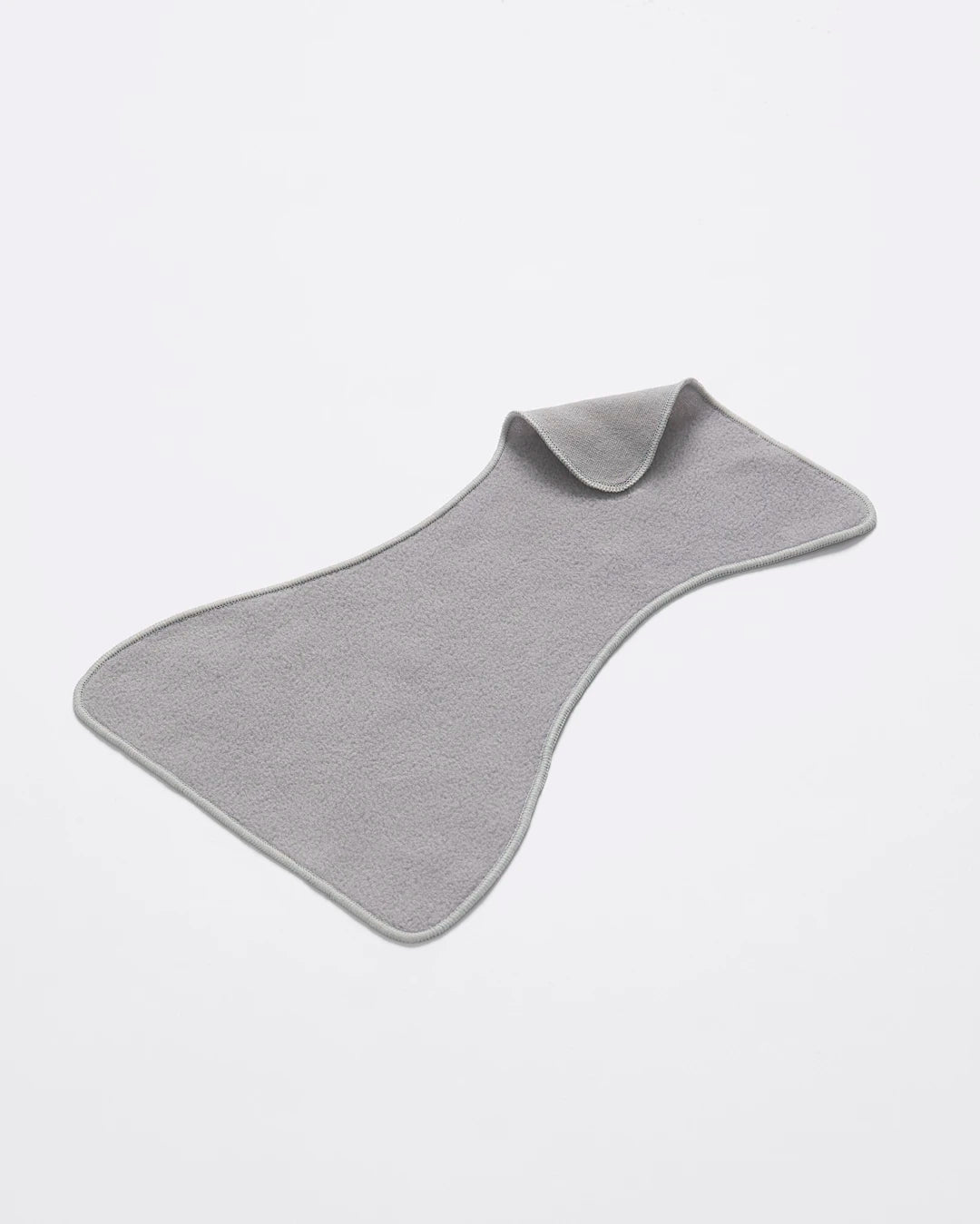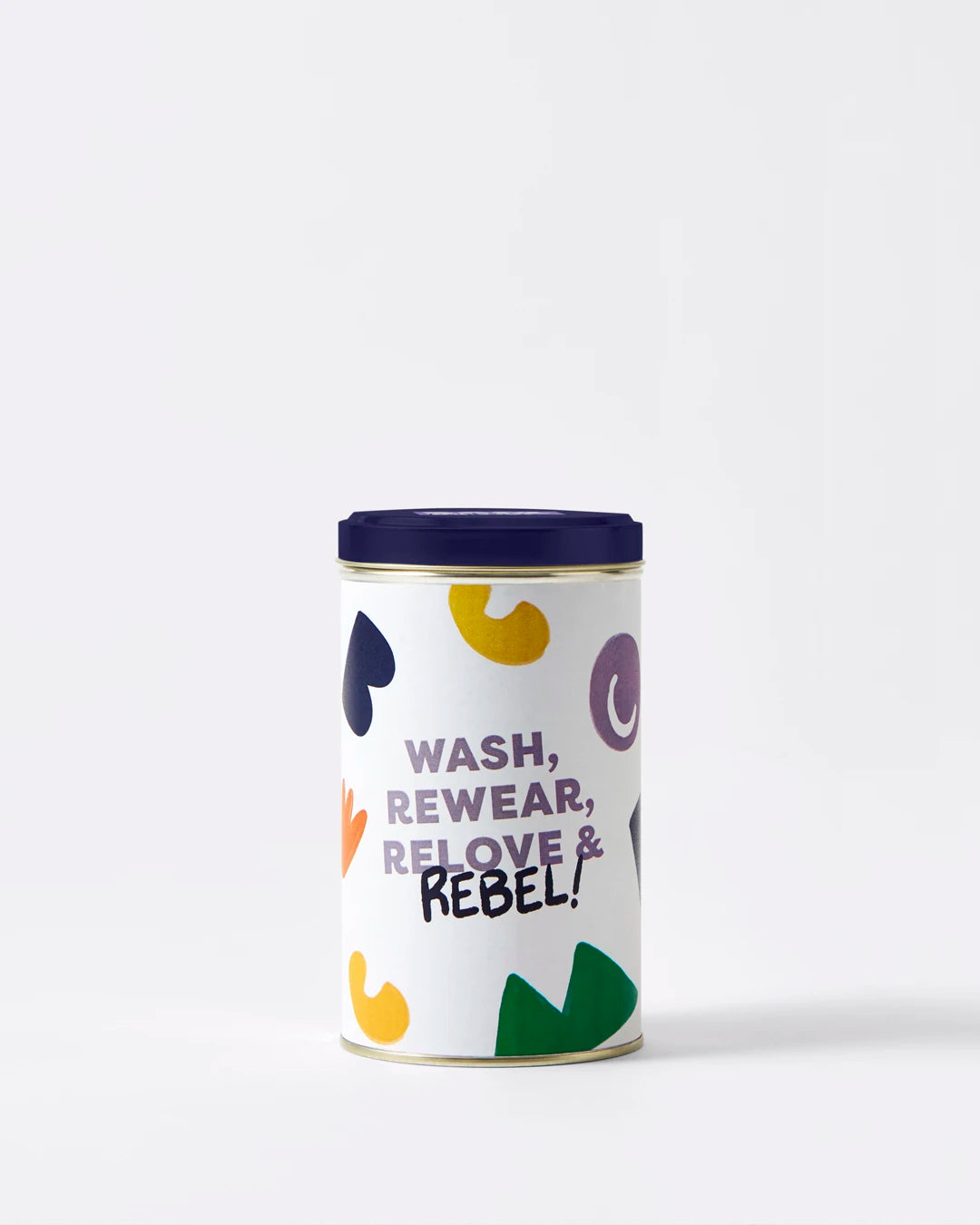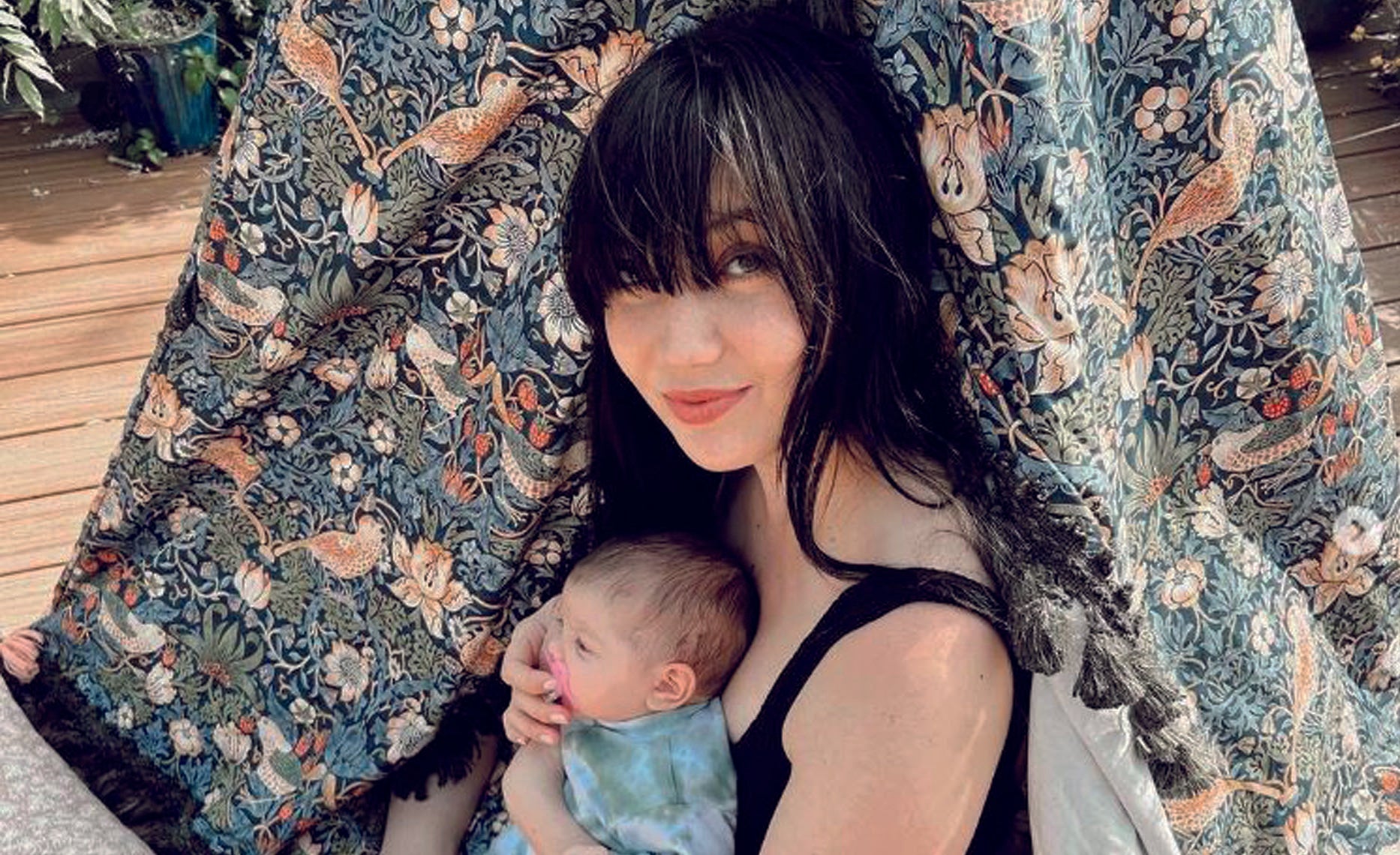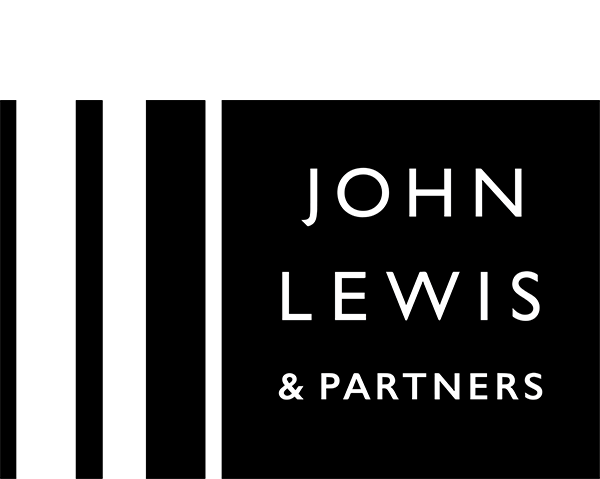Placenta | Glossary of Pregnancy & Baby Term
Share Options
- Bambino Mio
- 31 / 07 / 2023
Inside this Article:
What is the placenta?
The placenta (1) is a temporary organ which grows rapidly after conception and connects your baby to your uterus via the umbilical cord. These two structures are your baby’s life support system while they’re in the womb and your placenta performs several vital functions:
- It provides your baby with the oxygen and nutrients they need to live and grow
- It removes waste products and carbon dioxide from your baby’s system
- It produces various hormones (2) which help to maintain the pregnancy and help your baby to grow
- It passes on antibodies from you (3) to support and develop your baby’s immune system
- It helps to prevent your immune system from rejecting your baby (4)
When does the placenta start to form?
Your placenta starts to develop after a fertilised egg implants into your womb lining (5), which is around seven days after conception. It grows in size from just a few cells to around 25cm (10in) in diameter and 450g (1lb) in weight.
What does my placenta look like?
Your placenta looks like a disc of bumpy tissue that’s dark red on one side. The colour and texture of the placenta are due to the fact it’s composed mostly of blood vessels. These blood vessels all join up to connect to the umbilical cord in the same way the roots of a tree join to the trunk.
Your placenta has two sides to it, with the side connected to your uterus being dark red due to the blood and the side facing your baby being more grey due to the presence of connective tissue and membranes.
What’s inside the placenta?
Your placenta is made up mostly of blood vessels and these vessels are inside structures called villi (6). These blood vessels connect with your baby’s system and bloodstream via the umbilical cord. The rest of the placental tissues connect the villi to the umbilical cord and let your blood bathe the villi, transferring oxygen and nutrients to supply your baby with everything they need.
Citations and References
- National Institutes of Health (NIH). National Library of Medicine. ‘The Placenta: a Multifaceted, Transient Organ.’ 2015. Web. www.ncbi.nlm.nih.gov/pmc/articles/PMC4305167
- Yale School of Medicine. ‘Placental Hormones.’ 1993. Web. medicine.yale.edu/obgyn/kliman/placenta/research/placental%20hormones_163159_284_18220_v1.pdf
- National Health Service (NHS). ‘Children’s Health. How Long do Babies Carry Their Mother’s Immunity?’ 2021. Web. www.nhs.uk/common-health-questions/childrens-health/how-long-do-babies-carry-their-mothers-immunity
- Linköping University. ‘Placenta Protects Foetus from Mother’s Immune System.’ 2015. Web. liu.se/en/article/placenta-protects-foetus-from-mother-s-immune-system
- National Institutes of Health (NIH). National Library of Medicine. ‘A Review of Mechanisms of Implantation.’ 2017. Web. www.ncbi.nlm.nih.gov/pmc/articles/PMC5769129
- National Institutes of Health (NIH). National Library of Medicine. ‘Vascular Biology of the Placenta. Structure of the Placenta.’ 2010. Web. www.ncbi.nlm.nih.gov/books/NBK53256


